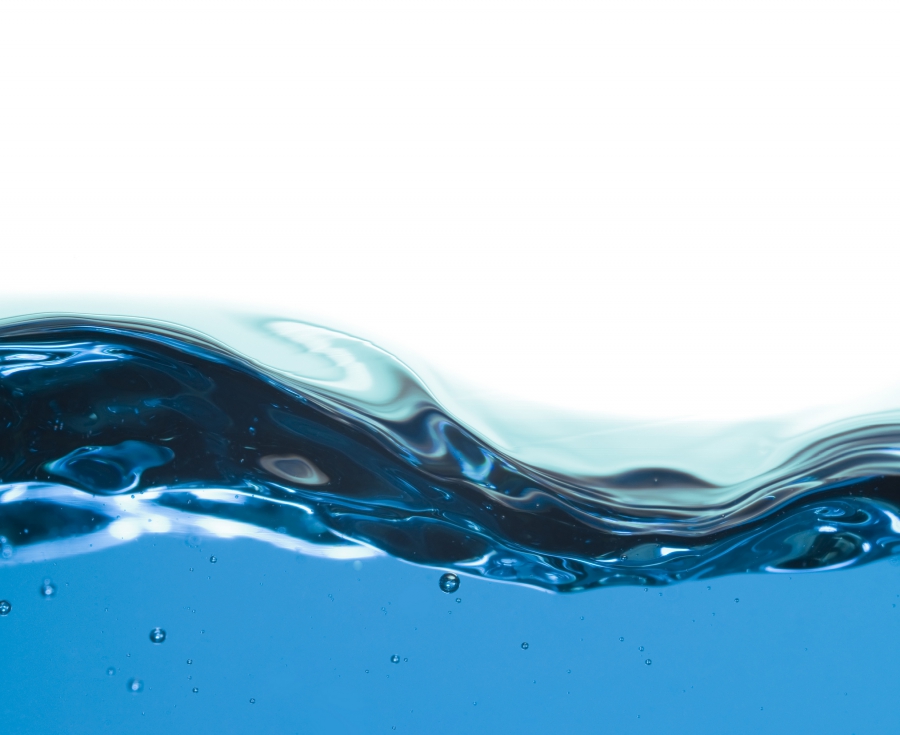 Sometimes, drinking water can have an unpleasant appearance, and it can even turn completely different colors depending on what’s happening. While water discoloration does not always indicate a health concern, please contact your water utility if your water changes color suddenly.
Sometimes, drinking water can have an unpleasant appearance, and it can even turn completely different colors depending on what’s happening. While water discoloration does not always indicate a health concern, please contact your water utility if your water changes color suddenly.
Common Causes Of Water Discolorations Include
Pipe Sediment
Orange, brown, and black water often indicate pipe sediment which has entered the water due to the rusting and corrosion of plumbing pipes over time. Manganese and iron often create more of a orange or brown color while lead often creates a darker color and may include particulates.
Copper Corrosion
If you notice blue-green stains on your porcelain where water regularly drips, you’ve already experienced the unique green or blue discolorations due to copper corrosion. Copper may be present in your water supply, or excessively corrosive water may be corroding copper piping.
Iron Rust
Some homes and businesses use galvanized iron, steel, or cast iron piping, which can cause rust to enter into the water to create a yellow, orange, red, or brown color. Though damaging to clothes and appliances, this is typically not harmful to humans.
Trapped Air
A cloudy or white appearance to your water often indicates non-harmful trapped air within the water. The cloudiness or milkiness is most likely trapped tiny air bubbles. You may have noticed that your water only gets cloudy in the winter, and this is because cold water holds more air than warm water does.
If you’re concerned with the quality of your water, contact the water testing experts at Tanz Inc. in New Jersey. We offer free water testing.
